Sir John Ambrose Fleming
Science: Electrical Science
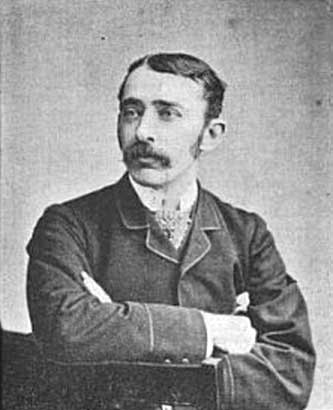
Sir John Ambrose Fleming was born on November 29, 1849 in Lancaster, Lancashire. Every year he could hear less and less. He went to University College in London and Cambridge University. Fleming worked with Thomas Alva Edison's company.
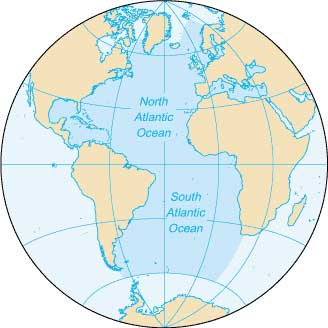
Fleming was especially interested in photometry. Photometry is the study of how much light can be seen with a human eye.
Fleming worked with Edison on sending messages across the Atlantic Ocean. In 1901, Morse telegraph signals were sent over the ocean for the first time! Morse telegraph signals are messages. Sending a Morse telegraph message was kind of like sending a text message, but not as fancy.
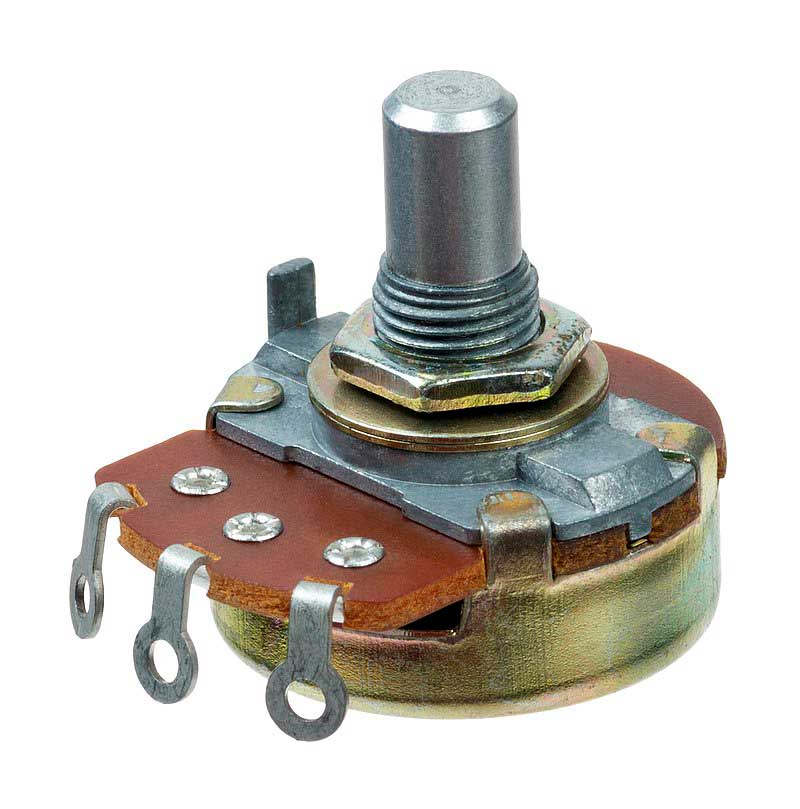
Fleming also thought potentiometers were useful. Potentiometers control how loud a television or radio is.
Fleming read his papers to the Physical Society (now the Institute of Physics) for sixty-five years. Fleming used note takers when he went to the meetings.
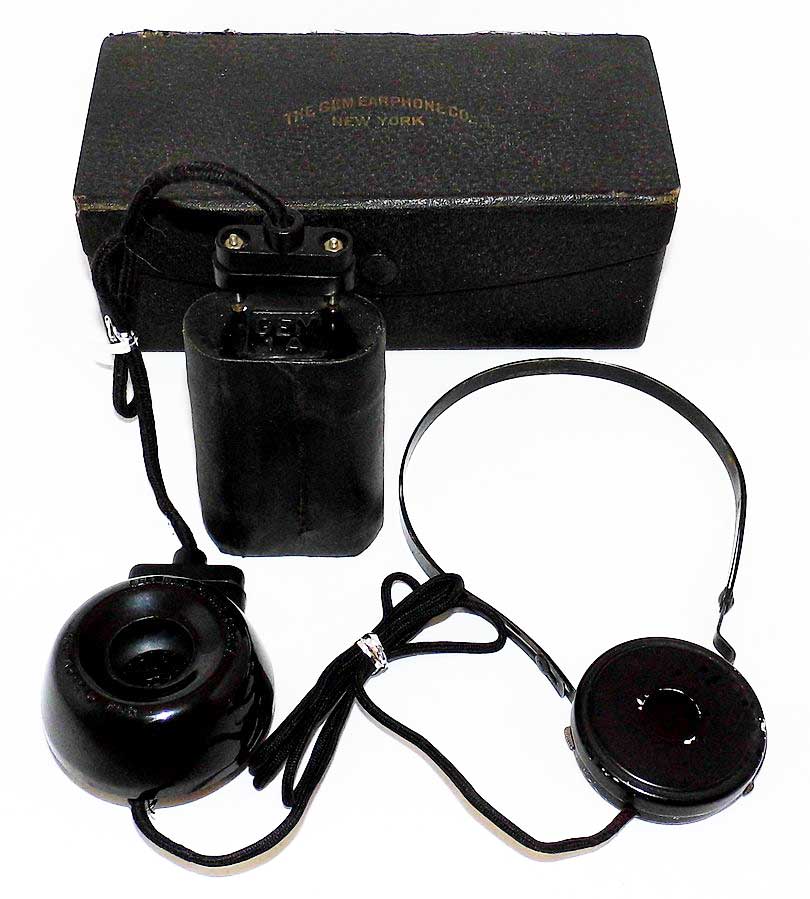
He was a very good teacher. However, it was hard for him to answer questions in class. He could not hear the questions good enough to answer them. To solve this problem Fleming created his own assisted listening device (MP4). He attached earphones (MP4) to a microphone (MP4). When someone needed to talk to him the person talked into the microphone and he listened with the earphones.
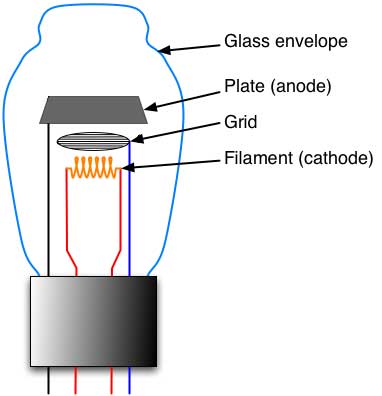
The diode vacuum tube was Fleming's most important discovery. See how a diode vacuum tube works. This discovery eventually led to the invention of the television, radar, and computer.
In 1929 Fleming became a knight. He died on April 18, 1945. He was in Sidmouth, Devon, England.
Honors
- Fellow of the Royal Society
- Hughes Medal
- Faraday Medal
- Gold Medal of Honor of the Institute of Radio Engineers
Read More about Sir John Ambrose Fleming
PBWorks Wiki - Sir John Ambrose Fleming
References
- Brittain, James. (1998). John A. Fleming and the Fleming Valve. In Proceedings of the IEEE. 86(7).
- Lang, H. G., & Meath-Lang, B. (1995). Sir John Ambrose Fleming. In A Biographical Dictionary: Deaf Persons in the Arts and Sciences (pp.122-125). Westport, CT: Greenwood Press.
Page last updated 11:35 AM, April 20, 2023